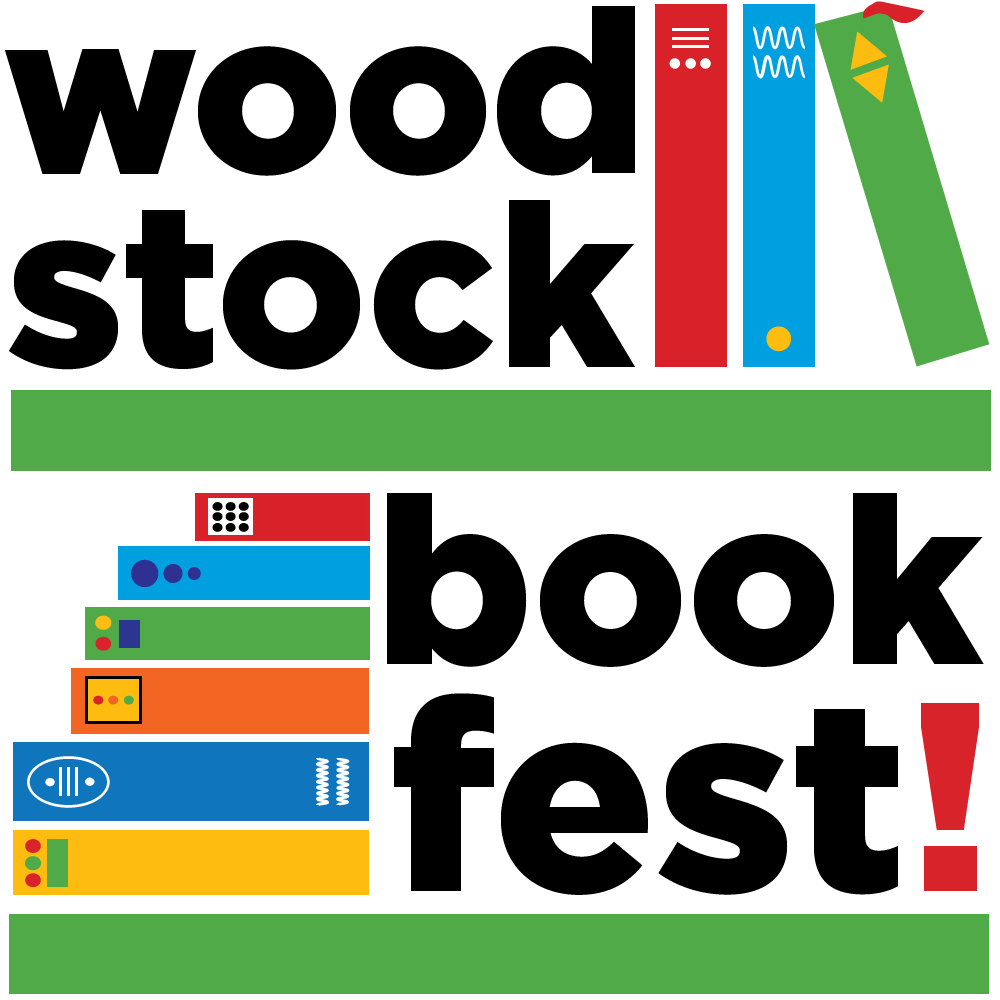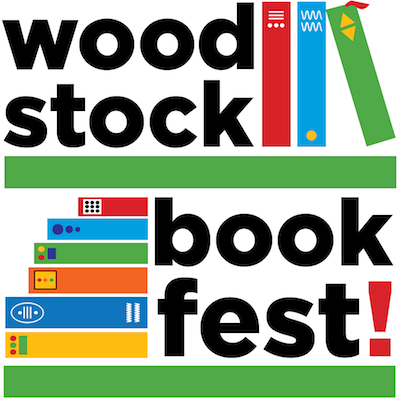Madeline L’Engle’s A Wrinkle in Time series first drew me to science fiction. Yet even as I gobbled up those books, I understood them to have been written for children: age-appropriate, sanctioned in some regard. Ursula K. Le Guin’s The Left Hand of Darkness came from the library’s Adult Fiction shelves. No one stopped me, then or ever, from going into that room for novels, books on graphology, atlases, or catalogues of spells. The librarian didn’t comment or raise her eyebrows as she handed the book and my foxed cardboard library card back to me. But I knew I’d entered different territory. Only when I reread the novel in my thirties did I understand, or begin to understand, the complexities of its gender politics. As a kid, I knew that a) this book was wild, b) it was more radical than any of the adults I knew seemed to be, and c) Le Guin wrote beautiful sentences, paragraphs, and scenes. Le Guin and L’Engle first showed me that people with whom I had anything in common (they were both fierce, imaginative women; both, at the time, were still alive) could write novels.
Truman Capote’s Breakfast at Tiffany's opened a window on life beyond the “Tulip”, Texas where I grew up. It made the New York City I’d seen depicted in movies and TV shows suddenly possible. I saw an adult life that wasn’t about marriage and children, but parties and friends and sex and sparkling wit and messiness and creativity and longing for something outside of convention. It gave me the insatiable appetite to reach beyond my circumstances. It gave me a vista of what kind of life was possible for a homosexual like me.
In my teen years there were so many books that supercharged my imagination and refocused the direction of my creative life. Growing up on the hard streets of New York City, the book I most related to, while everyone else was reading the paperback version of Catcher In the Rye (it fit neatly in the back pocket of blue jeans), William Goldman’s second novel,Your Turn to Curtsy, My Turn to Bow was the far better read. I still have that Bantam paperback, with its glorious cover of the young boy with his head down and his hands in his pocket, and still pick it up every once in a while, to remind myself of what a hero the early, novelistic Goldman was for me. I always felt, from the first time I read it, that he wrote this little novel only and just for me.
I was inspired to, um, explore the subject of sex first-hand, from books sneaked from my mother's stack: Harold Robbins, Sidney Sheldon, Jackie Susann, Judith Krantz. I was inspired to relish terror from the safety of my pink bedroom by reading Ira Levin (Rosemary's Baby, The Stepford Wives) and William Peter Blatty (The Exorcist) and Stephen King (anything). I was inspired to think hard about the conundrum of being human, by reading everything Le Carre, Vonnegut, Heller, Updike. I was inspired to write by reading Agatha Christie, Flannery O'Connor and Shirley Jackson.
Sentenced to death during the Spanish Civil war, Arthur Koestler spent 102 days in jail awaiting execution. In 1946, he published his account Dialogue with Death . Where other authors might have probed philosophical questions, Koestler directed his gaze at the new laws governing the “machine” of his mind, now consumed by the impending end and yet unable to sustain despair for very long. Angst and suffering are embedded within quotidian normalcy. This is always the case, I suppose, but I did not know it before I read this book, which speaks of death and ordinary life with equal precision and honesty. “No one is allowed to look into the darkness with his eyes open,” Koestler writes. He comes close.
The book that ignited in my hands was The Complete Stories by Flannery O'Connor. I checked it out of the Baton Rouge public library at the age of eleven, even though I had the pink card of a minor. (I was very tall and knew, even then, how to use my eyebrows.) I can still quote portions of that book. The use of dark humor to glide across harsh truths. It also revealed to me that I would, in all likelihood, kill someone in a car or a church.
When I first read Virginia Woolf's A Room of One's Own, I was a freshman in college and I hand-copied this quote onto the cover of my journal: “Literature is strewn with the wreckage of those who have minded beyond reason the opinion of others.” I've read that explosive little bomb of a book many times over since being a college freshman who wanted to write and who also cared way too much about the opinion of others. Every time I picked the book up again I'd find the next breadcrumb on the path toward my own voice. Every phase I've passed through—from taking credit for my work (“Anon, who wrote so many poems without signing them, was often a woman”), to earning my living through writing (“A woman must have money and a room of her own if she is to write...”)—Woolf's words have inspired me, kept me on track, and given me the strength to write.
The book for me would be the 1997 collection of stories Love and Longing in Bombay by Vikram Chandra. He keeps so many balls spinning in the air with each of these stories that capture the crowded, complex textures of life in contemporary (well, 1990s) Bombay (pre-Mumbai), a city where old traditions are banging up against encroaching wealth, technology and globalization. He really sparked my imagination in terms of the urban story and trying to bring a city to life on the page in a way that feels really noisy and fast-moving but still allows for a great deal of intimate personal relations and interior life...definitely had it in mind when writing Christodora!
Gabriel Garcia Marquez's One Hundred Years of Solitude made me drop out of graduate school.
Herman Hesse’s Siddhartha was the first book I remember reading cover to cover. I was not a reader early on. I grew up in a big family that had certain expectations for me. Siddhartha’s story taught me that I was separate from my siblings and my parents, that I had my own path to discover. It was a critical revelation for me as an artist.
Elizabeth Hardwick’s novel Sleepless Nights is a book that I have read over and again, for it’s jazz-like looseness, its sense of blurred boundaries between fiction and memoir, and the beautiful and elegance of its language. To read Sleepless Nights is to enter a consciousness. It’s not about “plot” — you don’t read it for what happens next, but instead, for the fun and excitement of being inside of its narrator’s point of view.
Susan Allen Toth’s Blooming, A Small Town Girlhood sparked my imagination when I read it in 1981. It was the first time I’d seen anyone pull off the trick of making Iowa seem interesting. But seriously, her wonderful prose and funny descriptions showed me that to write memoir, one simply tells the story. If it’s a good story, people will read it. When Ms.Toth left her small hometown of Ames and headed east for college, carrying the weight of her birthplace everywhere, she learned she was from a place that explained a lot about her. Toth writes about women’s experiences in women’s language. Her details are the kind women love. I related to them. But most importantly, this was the first book I read as a kind of ode to ambivalence: as long as the adult Toth views her childhood memories in retrospect, there is no black or white. The gray is what makes them interesting and relatable.
Anthony Kiedis' memoir, Scar Tissue, changed me and inspired my efforts to stay sober. Anthony is the lead singer of the Red Hot Chili Peppers (my favorite band) and the book came out in the fall of 2004, about six months after I got out of detox for alcohol and cocaine addiction. I was figuring out what life could look like sober, when all I had known was life as a drinker. Could I even do it? Scar Tissue showed me that the cool kids get sober and go on to incredible things. And it gave me my mantra, ``If Anthony Kiedis can do it, I can do it!``
The book that changed me the most in the midst of this mighty crazy year was Colson Whitehead’s The Underground Railroad. Just about everyone has agreed that this is one of the finest novels ever written about slavery, America’s still unresolved original sin. In Whitehead’s wild and furious imagination the railroad is not only a metaphor but also a physical means of transportation. The book’s thrilling heroine, Cora seizes your heart and never lets up through tragedy, horror, and finally deep humanity. There is no more urgently relevant book for our times than this one.
Richard Llewellyn’s How Green Was My Valley was probably the book that inspired me the most: not my writing – my reading. Whenever I had to wait on movie sets I did crosswords or played Tetris. My wife Ann and I got to work on a movie together. The producers put us in the same trailer to save money (Disney). Ann brought How Green was My Valley. She said, “Put the Gameboy down and read this chapter with me.” I was wrecked. So powerful. So beautiful. From then on I could never waste time on a set. I always read – but only the good stuff. I read most of Dickens and George Eliot. Maxim Gorky. The Iliad. Several volumes of the Talmud and the Midrash. THOSE books inspired me to write. But it never would have happened if little Huh had not saved his mother from drowning in the river.
Alice Walker's The Color Purple made me weep in a way that was foreign to me until I read this amazing, truly magnificent book.


















